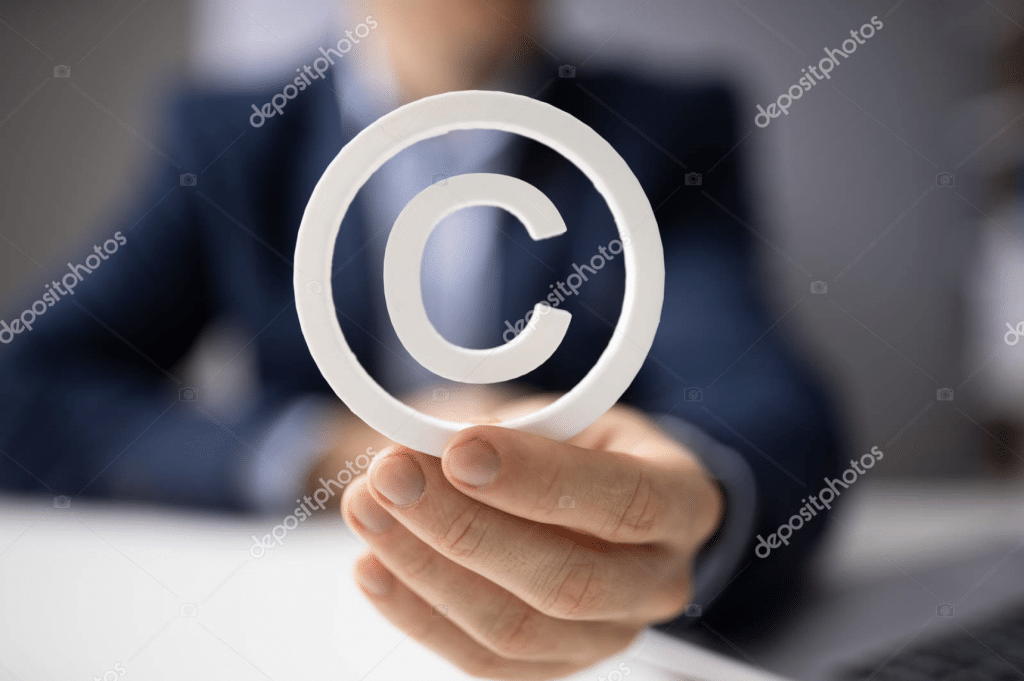What is a trade mark?
A trade mark is a sign used to distinguish the goods or services of one manufacturer or seller from those not produced by that manufacturer or seller. The application of a trade mark to goods or services adds to their value. A trade mark can be in the form of a word, phrase, letter, number, sound, scent, logo, picture, symbol, shape, colour and aspect of packaging or any combination of these.
Do I need to register my trade mark?
Registering your trade mark will give you the exclusive right to use, license or sell that mark within Australia for the goods and services you have registered. A business name, domain name or company name, whether or not it is registered will not give you any equivalent proprietary rights. Although you can protect your rights in an unregistered trade mark under the Australian Consumer Law or at common law, it is easier and more cost effective to protect your rights in a registered trade mark under the Trade Marks Act 1995.
What are the benefits of registering my trade mark?
Generally, a proprietor of a registered trade mark can stop other persons form using similar words on goods and services that are the same as or closely related to the goods or services for which the trade mark is registered. However, if your trade mark is well known in Australia then you as the proprietor may be able to prevent another person from using the same or similar words on goods or services that are unrelated to your registered goods or services.
Where another person has infringed the trade mark rights of a registered proprietor, the proprietor may be entitled to legal relief in restraining the further infringement and compensation for the damage suffered as a consequence of the infringement.
A single registration of a trade mark is valid throughout Australia and its territories. You may only use the ™ symbol once you have registered an Australian registered trade mark.
Can I register my business name as a trade mark?
 A trade mark must be capable of distinguishing your goods or services from those of other traders to qualify for registration. Generally, a trade mark that describes your goods or services (for example, mangoes or fruiterer) will not be registrable because it is descriptive or a word that other traders need to use in the normal course of their trade. Likewise, geographical names, common surnames and trade expressions would be very difficult to register as trade marks. However, someone who has widely used a word for a long period of time, establishing a significant reputation, may be able to register it as a trade mark (for example, Apple for computers, McDonalds for fast food). Similarly, if combined with other unique words or symbols, these words may be capable of registration. Common acronyms and short combinations of numbers or letters on their own would also be difficult to register as trade marks.
A trade mark must be capable of distinguishing your goods or services from those of other traders to qualify for registration. Generally, a trade mark that describes your goods or services (for example, mangoes or fruiterer) will not be registrable because it is descriptive or a word that other traders need to use in the normal course of their trade. Likewise, geographical names, common surnames and trade expressions would be very difficult to register as trade marks. However, someone who has widely used a word for a long period of time, establishing a significant reputation, may be able to register it as a trade mark (for example, Apple for computers, McDonalds for fast food). Similarly, if combined with other unique words or symbols, these words may be capable of registration. Common acronyms and short combinations of numbers or letters on their own would also be difficult to register as trade marks.
Words that are scandalous, contrary to law or likely to mislead or cause confusion are unlikely to be capable of registration as trade marks. Finally, words that are substantially identical or deceptively similar to earlier registered trade marks in respect of the same or similar goods or services will not be registered.
Even if your application for trade mark registration is accepted and examined, registration is not guaranteed. Every application is advertised in the Australian Official Journal of Trade Marks, one of the purposes of which is to provide an opportunity for others to oppose registration of your trade mark.
The application process
IP Australia maintains a database of all registered trade marks and most applications for registration. This database can be searched to determine whether or not your proposed trade mark may be refused on the basis of it being identical or confusingly similar to an existing registration or application.
Availability Search
We recommend a preliminary availability search when contemplating registration or when deciding on a new brand or logo. In the event your application proceeds to registration it is prudent to conduct a more comprehensive search prior to using the trade mark if your preliminary search identified similar trade marks.
Goods and/or services
Your application must specify the goods and services for which you intend to use the trade mark. Goods and services are classified by reference to 45 classes under the Nice Agreement and the more diverse the range of goods and / or services the more classes in which you will need to file. The registration fees payable are determined by the number of classes in which you file. It is important to get the specification of goods and services right because that will impact on your ability to protect your trade mark against infringement and may determine whether or not your trademark application is accepted. One of the value-added services we provide is to formulate an appropriate description of your goods and/ or services.
Costs of Registration
FAL provides a fixed fee trade mark service for applications for registration and other related services. Our fixed fee service is for straightforward applications that do not involve any adverse reports from the IP Australia examiners or any request for evidence.
Where an adverse report or request for evidence occurs then we charge our professional fees on a time incurred basis for responding to that adverse report or request.
Filing the application
To prepare and file your application, which we can sign on your behalf, we need the following information:
- A clear representation of the trade mark that can be photocopied / printed.
- Applicant’s legal name, description and principal place of business.
- If the trade mark is a sound or scent, a detailed description of the trade mark.
- If the trade mark is a three dimensional shape, a graphical representation of the trade mark from each aspect.
- A list of the goods and services upon which you propose using the trade mark.
- If priority is to be claimed pursuant to the Paris Convention for an earlier application in another jurisdiction, the details of that prior application.

Examination Reports
All applications will be examined by IP Australia and this usually occurs within 4-5 months of the application being filed. Most applications are accepted at this stage. In some cases the examination will result in an adverse report by IP Australia and if the examiner raises some objection you will have 15 months to respond or the application will lapse. You may request an extension of this time period. The objections may be based on the lack of distinctiveness of the trade mark or similarities between your trade mark and earlier registrations or applications. You may need to file evidence of your earlier use of the trade mark to overcome some of the examiner’s objections.
Acceptance
Once the examiner’s objections have been overcome, or in the absence of any objections, the application will be published in the Australian Official Journal of Trade Marks. For two months after publication the application may be opposed. If there is no opposition then your trade mark will be registered at the expiry of the two months and the certificate of registration will be issued, once you have paid the registration fee. You will have six months from the date of publication of the application however, delaying payment of the registration fee may provide an opportunity for another person to file an opposition as any application can be opposed up until the registration certificate is issued.
Opposition
Less than 5% of applications are opposed. The common reason for opposition is a claim by the owner of another trade mark that your application is identical or similar to theirs. If anyone does oppose your application, they are required to notify you and provide you with the grounds of their opposition. IP Australia will also contact you, through us, to notify you of the process of dealing with the opposition. IP Australia will then consider submissions from both the proprietor and the opponent before deciding whether the trade mark will be registered.
Registration on payment
The initial registration period is 10 years from the date the application was filed. Registered trade marks can be renewed, indefinitely, for 10 year periods. The fees for renewals are set out in our Schedule of Fees and Charges.
Recording interests
It is possible to record the interest of authorised users of trade marks with IP Australia. Although not compulsory, recording is recommended because only recorded interests will provide any limit on the registered proprietor’s ability to deal with the trade mark. Where the proprietor of a trade mark has authorised a third party to use its trade mark, the authorisation should be set out in a licence agreement and recorded with IP Australia. Where there is action to remove a trade mark from the register or where Customs have seized counterfeit goods, prior recording will help IP Australia or Customs notify the authorised user of this action.

